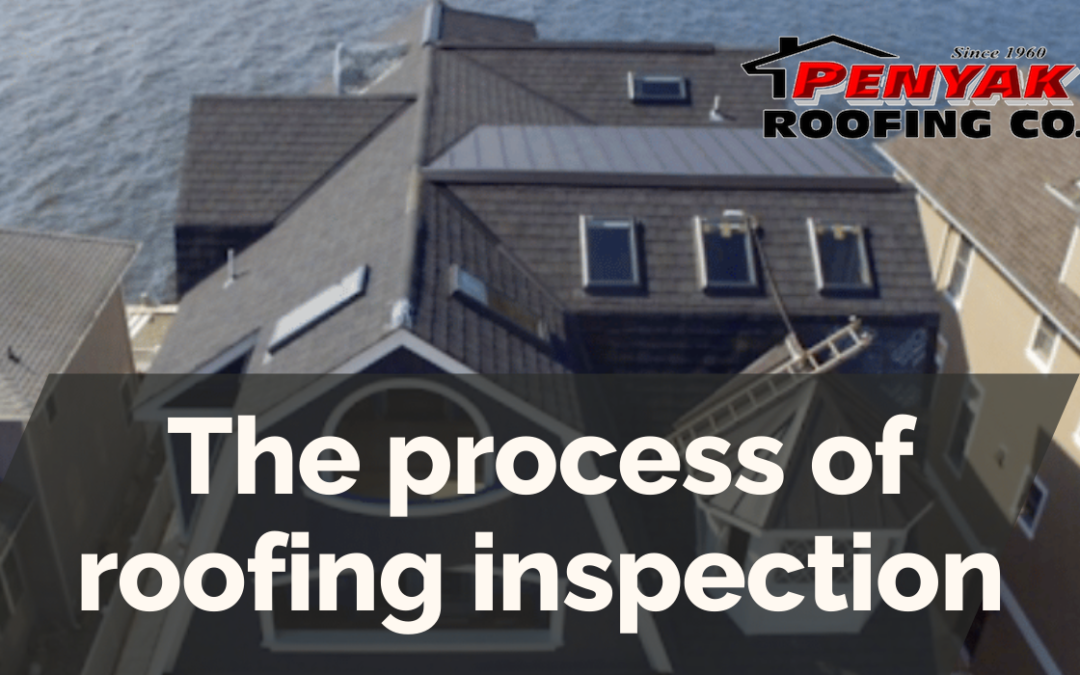The roofing inspection process is an essential component in the maintenance of a building’s structural integrity. Getting a better understanding of this process can help ensure that your roof remains in top condition and protects your investment. In this article, we delve into the various stages involved in a typical roofing inspection.
Why is Roofing Inspection Necessary?
A robust and properly functioning roof is critical for the safety and comfort of a building’s inhabitants. Regular roofing inspections can identify potential issues early, thereby mitigating costly repairs or even a roof replacement in the future. Moreover, an inspection can gauge the overall health and lifespan of a roof, helping homeowners make informed decisions related to maintenance and replacements.
What Does a Roofing Inspection Involve?
A comprehensive roofing inspection consists of several steps that each contribute to a detailed understanding of the roof’s condition.
- Exterior Inspection: This is a visual inspection of the roof’s exterior to identify surface issues such as missing or damaged shingles, algae growth, or flashing issues.
- Interior Inspection: This includes assessing the attic for signs of water damage, mold, improper insulation, or venting issues.
- Structural Inspection: Structural inspection assesses the stability and integrity of the roof, checking for sagging or bends that could indicate potential problems.
- Material Inspection: This entails checking the condition of the roofing material and identifying areas that may need repair or replacement.
- Workmanship Inspection: Workmanship inspection evaluates the quality of past roofing work to ensure there are no issues that pose a risk to the roof’s longevity.
How Often Should You Have Your Roof Inspected?
As a general rule of thumb, your roof should be inspected at least once a year. However, if your area experiences severe weather conditions, or if your roof is older than ten years, more frequent inspections might be necessary. Unexpected issues such as leaks or damages caused by fallen trees also warrant an immediate inspection.
Frequently Asked Questions
What Detects Potential Issues in a Roofing Inspection?
A trained roofing inspector uses a combination of tools and visual cues to identify potential issues. They will typically look for signs of material deterioration, structural issues, and potential water intrusion.
Can I Do a Roofing Inspection Myself?
While homeowners can perform basic inspections, it is advisable to hire a professional for a thorough inspection, especially if you suspect your roof may have serious issues. A professional has the expertise to identify and address problems that you may overlook.
Conclusion
Regular roofing inspections are crucial for maintaining the structural integrity of a building. By understanding what a roofing inspection involves, and when you should get one, you can better protect your property and avoid unnecessary repair costs. Remember, an ounce of prevention is worth a pound of cure.


Recent Comments